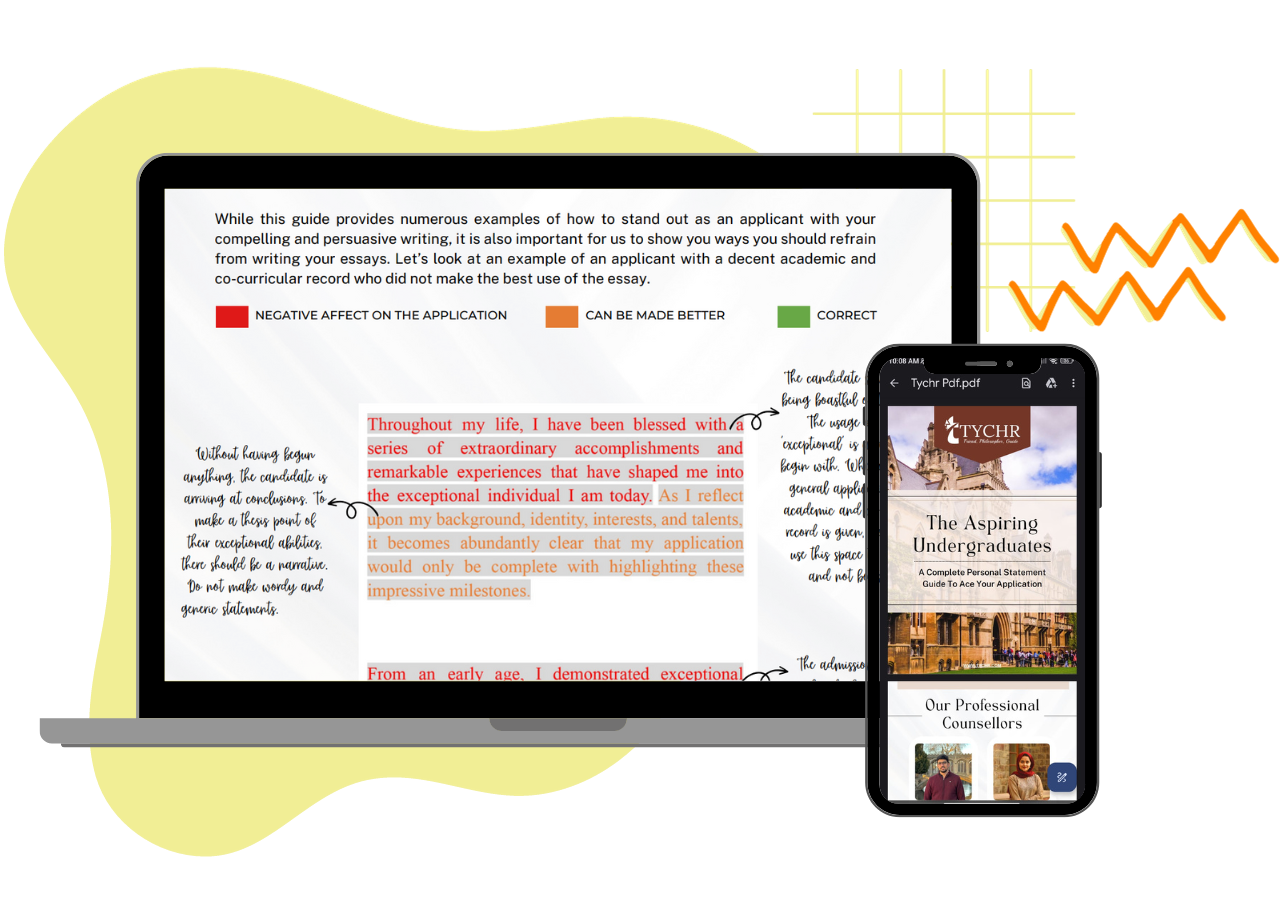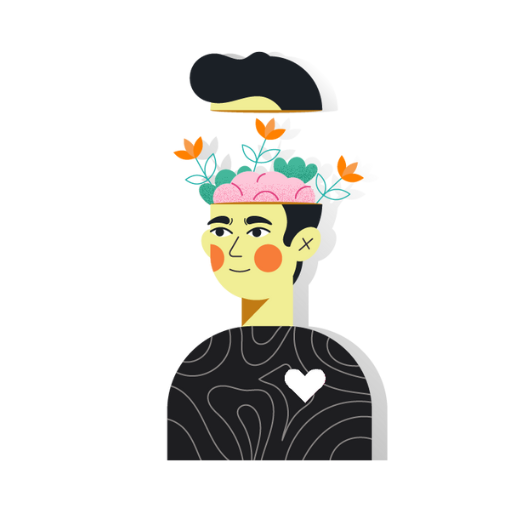Download our Successful College Application Guide
Our Guide is written by counselors from Cambridge University for colleges like MIT and other Ivy League colleges.
To join our college counseling program, call at +918825012255

For more details related to IB MYP – DP1 Bridge Course, Click Here to download the Brochure.
For more details related to IB DP1 – DP2 Bridge Course, Click Here to download the Brochure.
For Any Queries, Please call at +918825012255
The IB English HL Paper 1 Question Bank is an excellent resource for students preparing for the IB English Literature exam. The Question Bank contains a wealth of questions and answers on all aspects of the IB English Literature syllabus, and is an essential tool for any student wanting to do well in the exam. The Question Bank is divided into sections, each covering a different part of the syllabus.
Time: 2 hours 15 minutes
Instructions to candidates:
Sample Band 7 Response:
Text A, an excerpt from “The Great Gatsby” by F. Scott Fitzgerald, and Text B, the poem “The Waste Land” by T.S. Eliot, both explore the disillusionment and decay of the American Dream during the early 20th century. While Fitzgerald portrays the disillusionment through vivid descriptions of decadence and materialism, Eliot employs fragmented language and symbolism to convey a sense of desolation and despair. Both authors utilize a range of literary techniques to effectively convey their views on this theme.
In “The Great Gatsby,” Fitzgerald employs rich imagery and descriptive language to depict the extravagant lifestyle of the characters, highlighting their excesses and moral decay. For example, he describes Gatsby’s mansion as a “factual imitation of some Hotel de Ville in Normandy, with a tower on one side, spanking new under a thin beard of raw ivy, and a marble swimming pool, and more than forty acres of lawn and garden.” This description conveys the excessive opulence and artificiality of the American Dream, suggesting that it is built on materialism and lacks true substance.
Furthermore, Fitzgerald uses symbolism to depict the disillusionment of the American Dream. The character of Gatsby himself represents the hollowness of the American Dream, as he is a self-made man who has accumulated immense wealth but is unable to find fulfillment and happiness. The green light at the end of Daisy’s dock, which Gatsby obsesses over, symbolizes the unattainability and emptiness of the American Dream, as it is always just out of reach for Gatsby despite his efforts.
On the other hand, in “The Waste Land,” Eliot employs fragmented language and symbolism to create a sense of disillusionment and decay. The poem is composed of various disjointed voices and narratives, representing the fragmented and broken nature of the modern world. For example, the repeated line “I will show you fear in a handful of dust” conveys the sense of despair and emptiness that pervades the American Dream, as the once-promised land of opportunity has turned into a wasteland of disillusionment.
Eliot also uses symbolism to convey his views on the disillusionment of the American Dream. The river Thames, which appears throughout the poem, symbolizes the decay of society and the loss of traditional values. Additionally, the use of mythological and historical references, such as the story of the Sirens and the Tower of Babel, adds depth and complexity to Eliot’s portrayal of the disillusionment of the American Dream, suggesting that it is a universal and timeless theme.
In conclusion, both Text A and Text B effectively depict the disillusionment and decay of the American Dream in the early 20th century through their use of literary techniques. Fitzgerald uses vivid imagery, descriptive language, and symbolism in “The Great Gatsby” to portray the excesses and moral decay of the American Dream, while Eliot employs fragmented language, symbolism, and mythological references in “The Waste Land” to convey a sense of desolation and despair in the modern world. Both authors provide a critique of the American Dream, showing how it has lost its promise and has become hollow and unattainable.
Furthermore, both texts highlight the challenges and struggles faced by individuals in the pursuit of the American Dream. In “The Great Gatsby,” characters such as Gatsby and Myrtle are shown to be willing to do whatever it takes, including illegal and immoral actions, to achieve their dreams of wealth and success. However, their efforts ultimately lead to their downfall, revealing the dark side of the American Dream and the consequences of unchecked ambition.
Similarly, in “The Waste Land,” Eliot presents a bleak and fragmented world where individuals are lost and disconnected from each other, struggling to find meaning and purpose. The lack of communication and meaningful connections among the characters in the poem reflects the breakdown of societal values and the disillusionment of the American Dream.
Our Guide is written by counselors from Cambridge University for colleges like MIT and other Ivy League colleges.
To join our college counseling program, call at +918825012255

Cat 1 – ESS and Cat 2 – Biology. Chief of the IB program. Mentored 320+ students across various curricula.
IBDP Physics HL / SL. IGCSE Physics. A-level Physics (AQA, CIE, Edexcel, OCR, and WJEC). IGCSE Physics (AQA,CIE, OCR & Edexcel)
IBDP Cat 1 – Business Management, IBDP Cat 1 – TOK. Taught over 130+ students across 4+ countries.
IBDP Cat 1 & 2 November 2019. Specializes in Global Politics. Many students scored 7s; mentors 200+ students in assessments.
Specializing in Mathematics: Analysis and Approaches (HL & SL), Mathematics: Applications and Interpretation (HL & SL), and MYP (Mathematics).
IBDP Cat 1 – Chemistry, IBDP Cat 3 – IA Chemistry, IBDP Cat 1 – TOK. Helped 2 out of 3 students achieve a 7 in IB Chemistry.





All content on this website has been developed independently from and is not endorsed by the International Baccalaureate Organization, the College Board, Pearson EdExcel, OCR, or AQA. International Baccalaureate, SAT, ACT, AP, EdExcel, OCR, and AQA are registered trademarks owned by their respective organizations.
Download our Successful College Application Guide developed by counselors from the University of Cambridge for institutions like Oxbridge alongside other Ivy Leagues. To join our college counseling program, call at +918825012255
We are hiring a Business Development Associate and Content Writer and Social Media Strategist at our organisation TYCHR to take over the responsibility of conducting workshops and excelling in new sales territory. View More